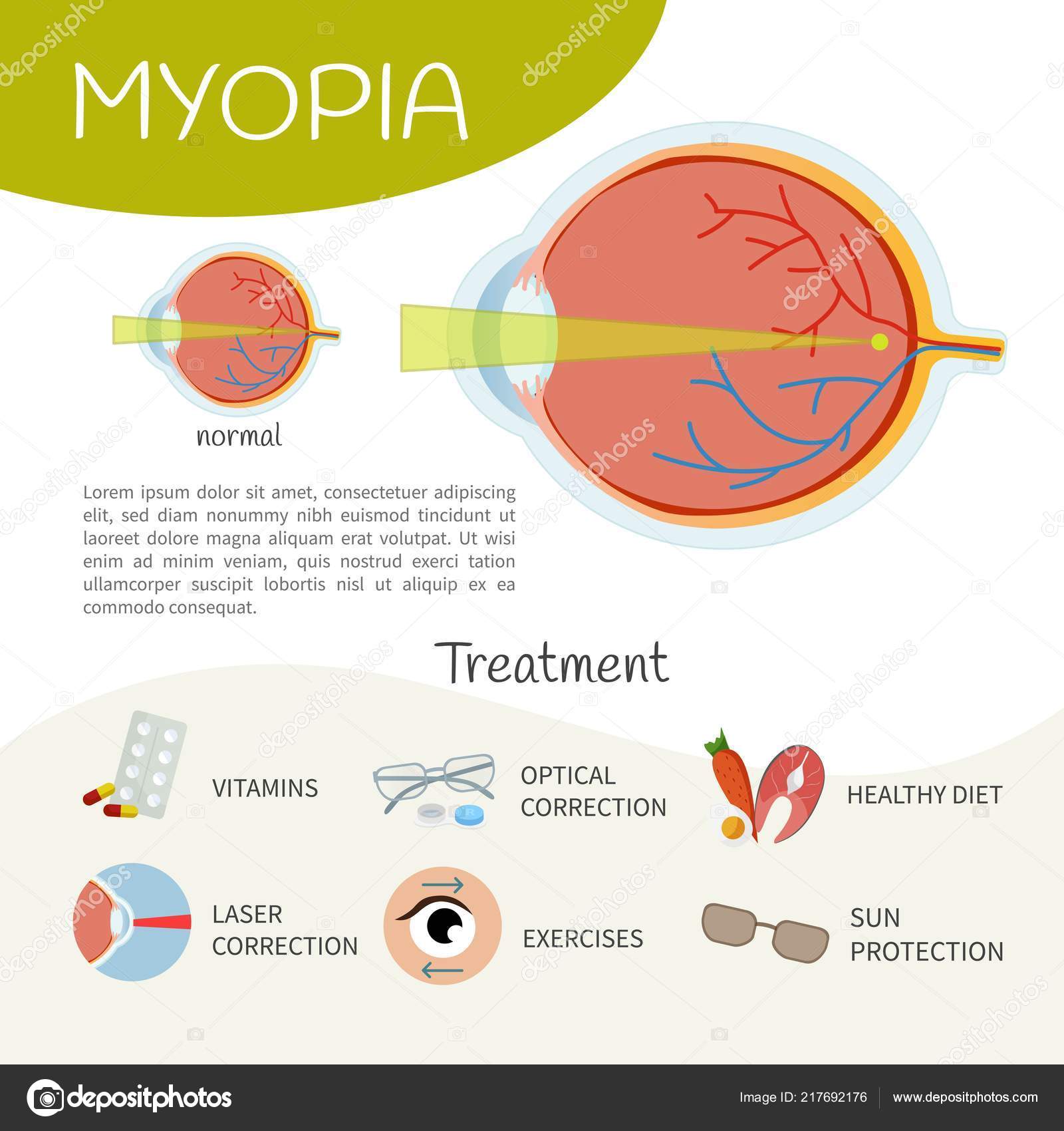The Development Of Modern Cataract Surgery Techniques: An Extensive Exam
The Development Of Modern Cataract Surgery Techniques: An Extensive Exam
Blog Article
Write- just click the next article Composed By-Ottesen Meyers
As you check out the development of innovative cataract surgery strategies, you'll witness a trip noted by resourcefulness and precision. From ancient approaches that led the way for modern developments to sophisticated innovations that are reinventing the area, the extensive introduction of cataract surgical treatment methods is a testament to human progression and commitment to improving client results. The intricate interplay in between historical approaches and advanced developments produces a fascinating narrative that sheds light on the advancement of one of the most typical procedures worldwide.
Historic Methods and Developments
Check out how very early doctors transformed cataract treatment by using cutting-edge methods and devices. In the past, cataract surgical treatment was a high-risk and uncomfortable procedure. However, ancient Indian doctors were amongst the very first to try medical interventions for cataracts, making use of a technique called 'couching' where a sharp tool was used to push the cataract back into the eye. click the up coming article , though crude by today's standards, prepared for future advancements in cataract surgery.
As cataract surgery nearsighted proceeded, Arab physicians made considerable contributions by developing specialized needles for cataract extraction. These needles were made use of to penetrate the cataract and afterwards remove it from the eye, noting a significant renovation in medical precision.
Later on, in the 18th century, the French cosmetic surgeon Jacques Daviel originated the strategy of extracapsular cataract extraction, where the whole lens was removed undamaged with a bigger incision. This marked a significant improvement in cataract surgical procedure strategies, paving the way for the modern procedures we make use of today.
Modern Surgical Approaches
Early techniques in cataract surgery have actually evolved substantially, resulting in the development of modern surgical methods that prioritize precision and enhanced patient outcomes. Modern cataract surgical procedure now usually involves a treatment called phacoemulsification, where an ultrasonic tool separate the cataract for removal via a tiny incision. This strategy allows for quicker recovery and decreases the threat of difficulties contrasted to older methods.
In addition, the use of advanced intraocular lenses (IOLs) has revolutionized cataract surgical procedure end results. These lenses can fix not just the cataract but likewise various other refractive mistakes like astigmatism, reducing the need for glasses post-surgery.
Surgeons today likewise have accessibility to advanced imaging innovations that aid in precise preoperative preparation and intraoperative decision-making. Optical comprehensibility tomography (OCT) and other imaging methods offer detailed pictures of the eye's frameworks, enabling a much more tailored strategy to every patient's surgical treatment. With these innovations, modern cataract surgical procedure methods continue to boost, offering clients more secure procedures and far better visual outcomes.
Arising Technologies in Cataract Surgery
With innovations in technology revolutionizing the area, cataract surgical procedure is experiencing the assimilation of innovative methods for boosted person end results. Arising innovations in cataract surgery are reshaping the landscape of ocular treatments. One such advancement is femtosecond laser innovation, which permits specific corneal cuts, capsulotomies, and lens fragmentation, leading to boosted surgical accuracy and end results.
Furthermore, intraoperative aberrometry is obtaining appeal, enabling real-time dimensions of refractive errors throughout surgery to boost intraocular lens power computations and minimize postoperative refractive surprises.
Furthermore, using sophisticated imaging modern technologies like optical comprehensibility tomography (OCT) and intraoperative wavefront aberrometry help doctors in precise surgical planning and execution. These tools supply thorough physiological information and aid personalize medical approaches for every individual's distinct eye qualities.
Furthermore, advancements in artificial intelligence are being explored to aid in preoperative preparation, intraoperative decision-making, and postoperative treatment, potentially enhancing surgical results and client complete satisfaction. Embracing these arising modern technologies in cataract surgical procedure holds promise for further boosting patient outcomes and making certain the continued development of sensory medical strategies.
Conclusion
As you trip through the background of cataract surgical treatment, you witness the change from ancient methods to innovative modern technologies. Like a phoenix climbing from the ashes, cataract surgical treatment has advanced right into a sign of hope and advancement.
Equally as a caterpillar arises from its cocoon as a gorgeous butterfly, cataract surgical procedure has thrived right into a polished art type, offering patients clearer vision and a brighter future.
The development continues, shining a light on unlimited possibilities.
